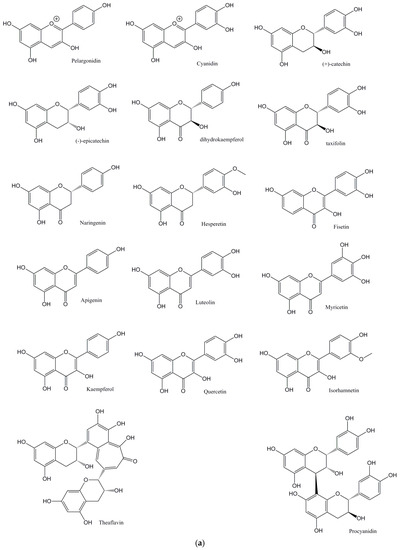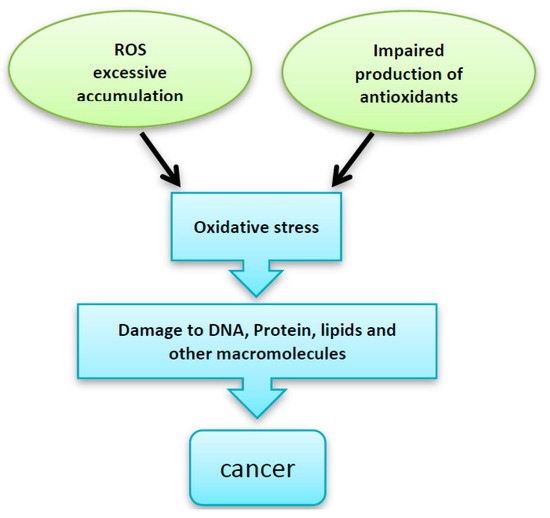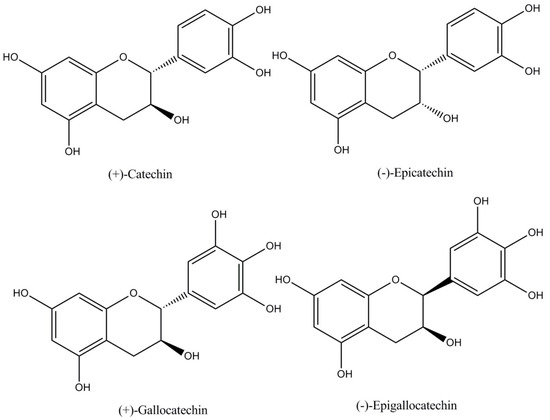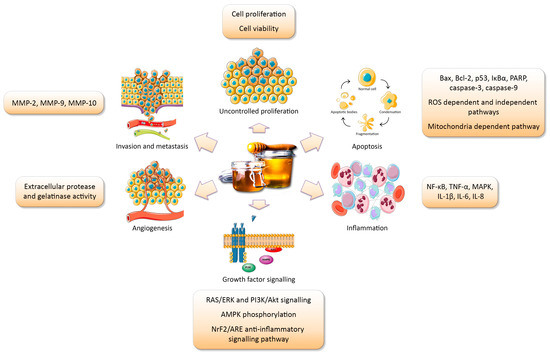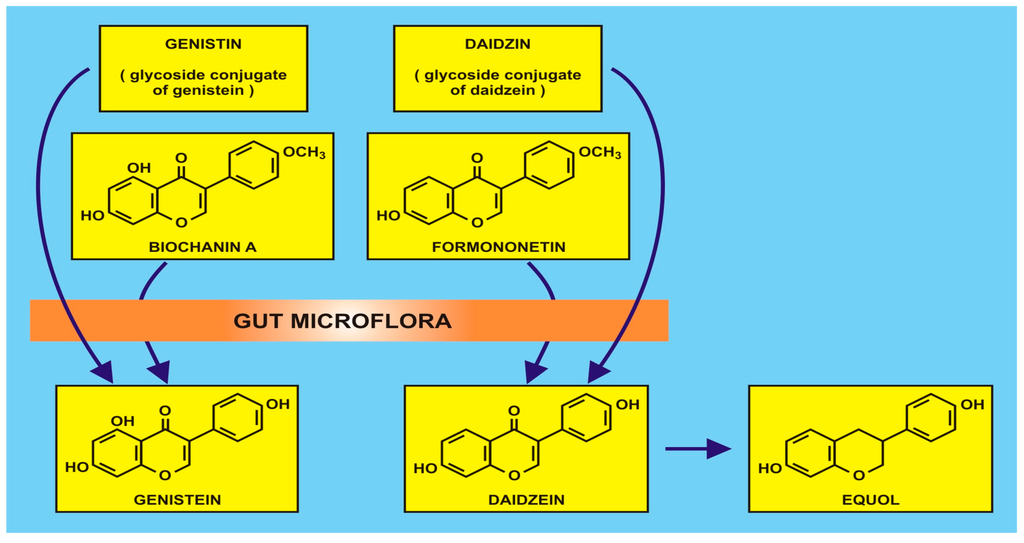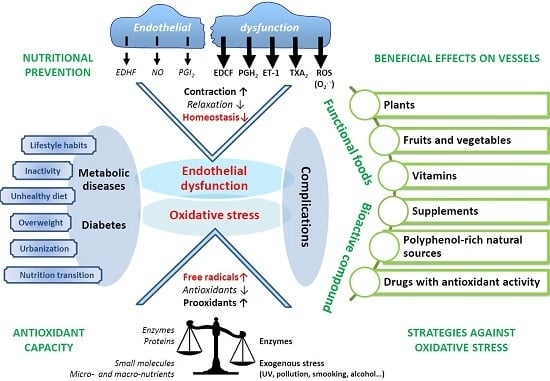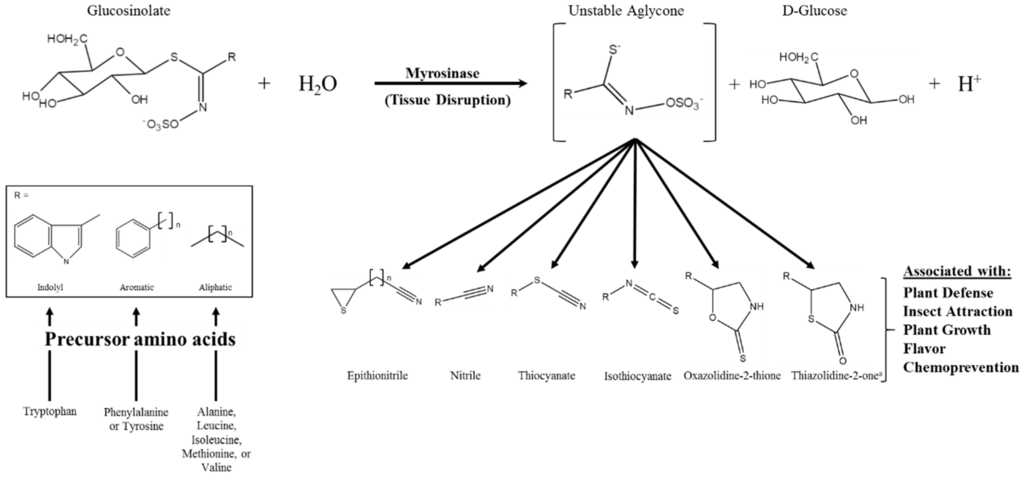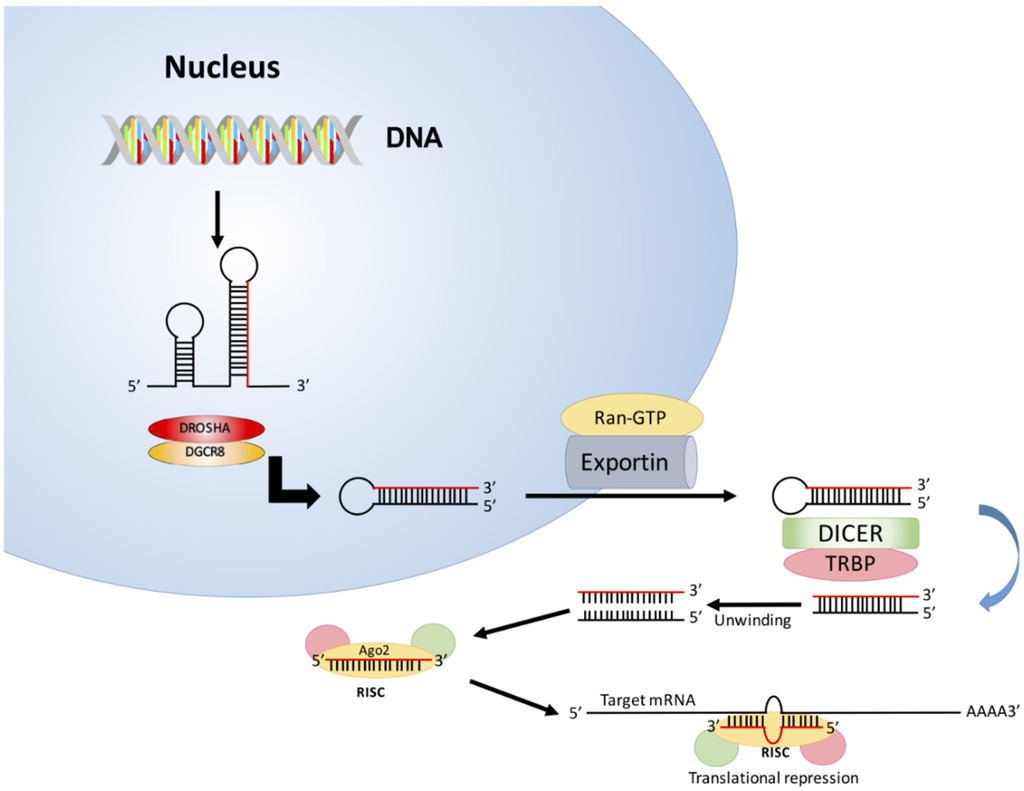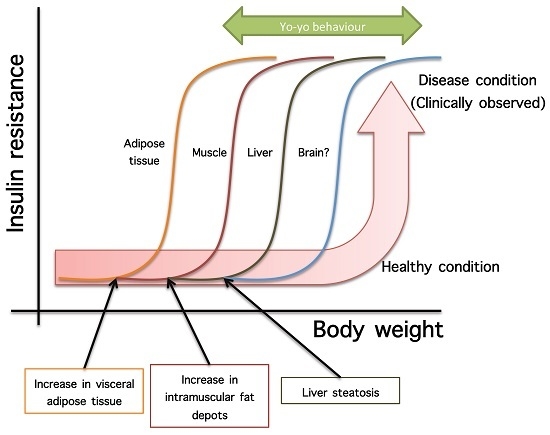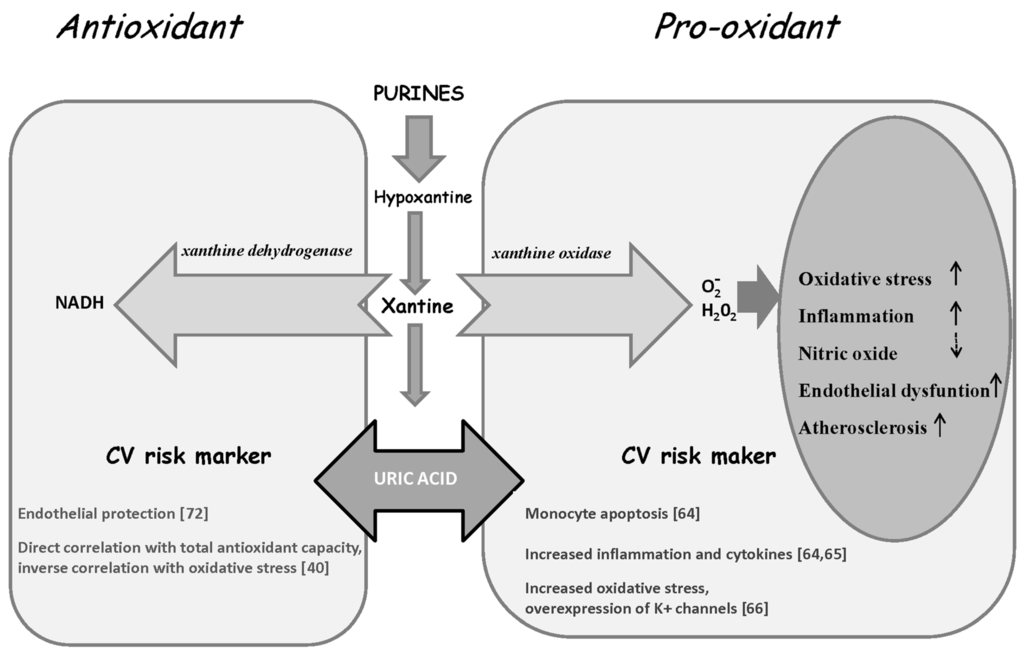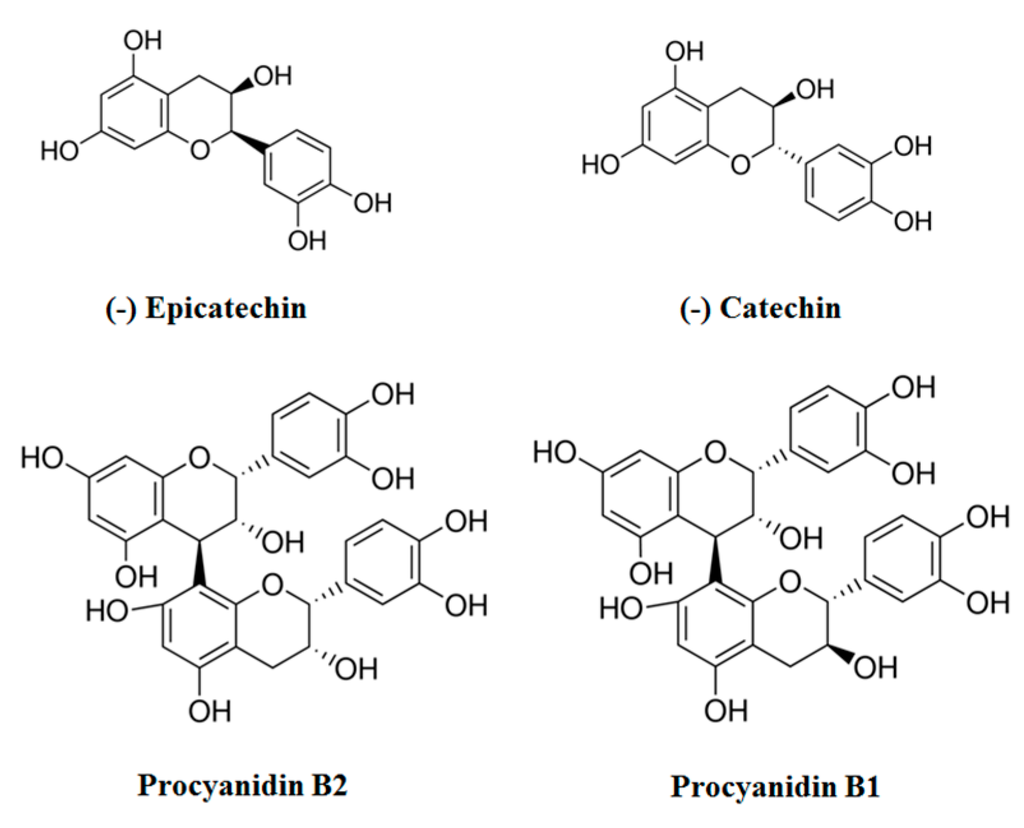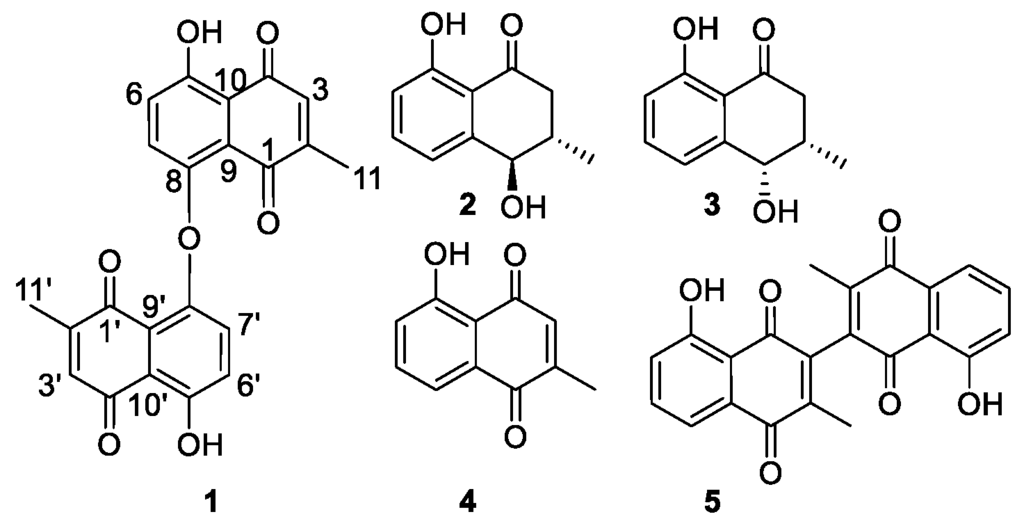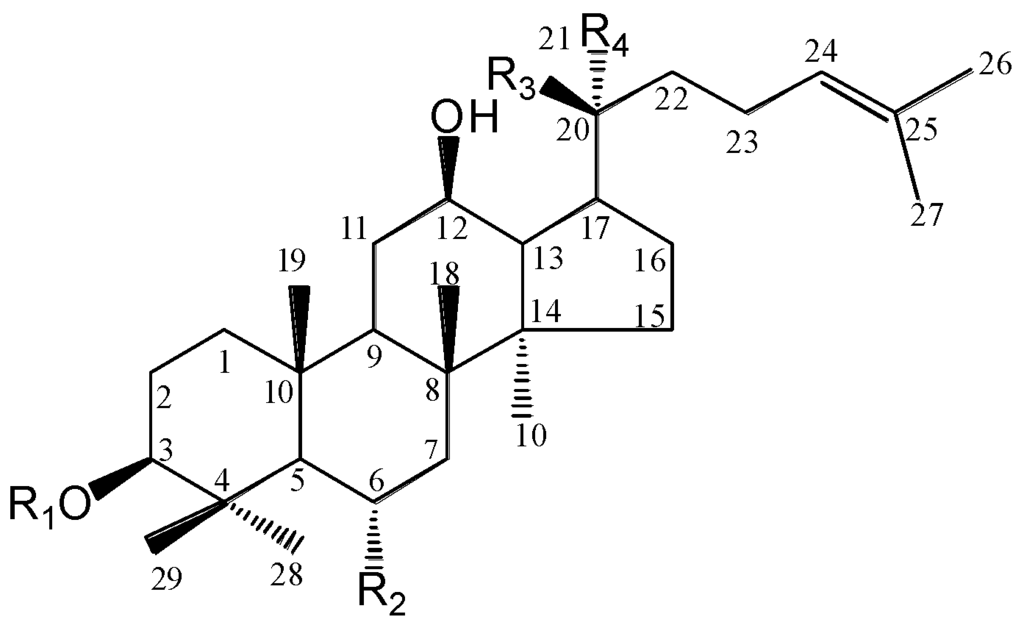Effects of Food Antioxidants on Cardiovascular Diseases and Human Cancers
A topical collection in Diseases (ISSN 2079-9721). This collection belongs to the section "Cardiology".
Viewed by 170692Editors
Interests: phenolics; antioxidants; metabolites; in vitro bioaccessibility; fruit and vegetable processing
Special Issues, Collections and Topics in MDPI journals
Interests: nutrition; periodontal diseases/periodontitis; oxidative stress; nutrition; aging; mitochondrial function and diseases; berries (strawberry, blueberry, bilberry, cranberry, etc.); olive oil (dietary fats); honey; polyphenols; flavonoids; antioxidants; apoptosis
Special Issues, Collections and Topics in MDPI journals
Topical Collection Information
Dear Colleagues,
There is a growing interest in the new diet-health paradigm, which places more emphasis on the positive aspects of our diet. This has led to nutritional studies in which foods are being analyzed for their protective and disease prevention potential. Some foods have been reported to be capable of providing additional physiological benefits, including preventing or delaying onset of a range of chronic diseases, due to their potentially health-promoting antioxidant constituents. In particular, phytochemicals with antioxidant potential are well-reported to play role in reducing the consequences of oxidative stress in disease development and the aging process, and thus contribute to the overall health-protective effects of foods particularly, fruits and vegetables. The most thoroughly-studied groups of dietary antioxidants include the carotenoids (i.e., α-carotene, β-carotene, lycopene, etc.), phenolic compounds (i.e., flavonoids), and vitamins (A, C, and E). The ingestion of these biologically active components has been correlated with the prevention and lower incidence of several degenerative diseases including cardiovascular disease and certain forms of cancer. This Topical Collection will focus on the research studies either in vitro or in vivo, investigating the effects of antioxidants on cardiovascular diseases and human cancers.
Prof. Dr. Maurizio Battino
Dr. Esra Capanoglu
Collection Editors
Manuscript Submission Information
Manuscripts should be submitted online at www.mdpi.com by registering and logging in to this website. Once you are registered, click here to go to the submission form. Manuscripts can be submitted until the deadline. All submissions that pass pre-check are peer-reviewed. Accepted papers will be published continuously in the journal (as soon as accepted) and will be listed together on the collection website. Research articles, review articles as well as short communications are invited. For planned papers, a title and short abstract (about 100 words) can be sent to the Editorial Office for announcement on this website.
Submitted manuscripts should not have been published previously, nor be under consideration for publication elsewhere (except conference proceedings papers). All manuscripts are thoroughly refereed through a single-blind peer-review process. A guide for authors and other relevant information for submission of manuscripts is available on the Instructions for Authors page. Diseases is an international peer-reviewed open access monthly journal published by MDPI.
Please visit the Instructions for Authors page before submitting a manuscript. The Article Processing Charge (APC) for publication in this open access journal is 1800 CHF (Swiss Francs). Submitted papers should be well formatted and use good English. Authors may use MDPI's English editing service prior to publication or during author revisions.
Keywords
- antioxidants
- health
- cardiovascular diseases
- cancer
- in vivo studies
- in vitro studies
Planned Papers
The below list represents only planned manuscripts. Some of these manuscripts have not been received by the Editorial Office yet. Papers submitted to MDPI journals are subject to peer-review.
Type of Paper: Comprehensive Review
Title: The role of glucosinolates and their hydrolysis products from Brassica vegetable consumption in inducing antioxidant activity and reduction of cancer incidence
Authors: Talon M.Becker and John A. Juvik
Affiliations: Department of Crop Sciences, University of Illinois at Urbana-Champaign, Urbana, Illinois 61801-3838, IL, United States
Abstract: The bioactivity of glucosinolates (GSs), and more specifically their hydrolysis products (GSHPs), has been well documented.These secondary metabolites evolved in the order Brassicales as plant defense compounds with proven ability to deter or impede the growth the several biotic factors including insects, fungi , bacteria, and even other plants. However, the bioactivity of GSs is not limited to these kingdoms of life. Many of these compounds have been shown to have bioactivity in mammalian systems as well, with epidemiological links to cancer chemoprevention in humans supported by in vitro, in vivo, and small clinical studies. The primary mechanism that is believed to be responsible for the observed chemoprevention is the induction of antioxidant enzymes, such as NAD(P)H quinone reductase (NQO1), heme oxygenase 1 (HMOX1), glutamate-cysteine ligase (GCL), and glutathione S transferases (GSTs), through the Keap1-Nrf2-ARE signalling pathway. Induction of this pathway is generally associated with aliphatic isothiocyanate GSHPs.
Type of Paper: Review
Title: Protective effect of antioxidants consumption on diabetes and vascular complications
Authors: Stéphanie DAL and Séverine SIGRSIT
Affiliation: Centre Européen d’Etude du Diabète, boulevard René Leriche, 67200 Strasbourg, France
Abstract: Today, WHO draws attention to the similarity of trends in obesity and diabetes in the World. The term “diabesity” is commonly used today to describe this epidemic or pandemic with exponential dramatic growth observed in all countries. Our change of lifestyle to a sedentary attitude and massive industrialization with access from an early age to food and beverages rich in energy, fat and/or sugar, would be partly the cause of millions of obese and diabetic people. Despite the range of tools available to fight against the disease - effective medications, advanced technology, and education strategies continuously improved prevention - we are losing the fight to protect people from diabetes and its disabling complications and potentially fatal. In fact, diabetes is a silent disease and sneaky. Therefore, it is associated with many complications. Cardiovascular diseases are the first cause of death and disability among diabetic people, particularly for woman who lost cardiovascular protection afforded by the classically female sex. Diabetic vascular complications are an important pathological issue in diabetes that leads to the further functional deterioration of several organs and caused micro- and macro-angiopathy. Endothelial dysfunction, the loss of a balance between vasodilators and vasoconstrictors factors in the blood vessels, has largely been associated in several regions of the vasculature in T2D.
One of the common points to all these cardio-metabolic disorders is the appearance of oxidative stress. Oxidative stress is due to an imbalance between antioxidants (enzymes, vitamins, proteins) and pro-oxidants (UV radiations, alcohol, smoking…). Oxidative stress along with chronic lowgrade inflammation may initiate changes in cardiovascular structure and function such as endothelial dysfunction, cardiac hypertrophy, cardiac fibrosis, and ventricular contractile dysfunction. Many studies have shown that diabetic patients undergoing chronic oxidative stress, particularly due to hyperglycemia. Thus, a strategy focus on both, oxidative stress and endothelial function, could help to prevent and / or delay the onset of vascular-related type 2 diabetes complications.
Much evidence shows that consumption of natural source substances confers chemopreventive and cytoprotectant activities. In fact, epidemiological studies suggest that consumption of fruits, vegetables and plants may be associated with a reduced risk of diabetes or a protective effect. In fact, strongest evidence exists for a beneficial effect of cocoa on endothelial function and insulin sensitivity or green tea on LDL-cholesterol even if long-term randomized trials need to confirm these. Green leafy vegetables (spinaches), dark yellow vegetables (carrots) or citrus fruit are some fruit and vegetables inversely associated with diabetes. Their consumption brings several exogenous antioxidants and vitamins, increasing the antioxidant status of the organism. Same observations have also revealed an inverse relationship between the risk of cardiovascular mortality and morbidity and the consumption of polyphenol-rich products (red wine, cacao and tea) attributable at least in part to their direct effect on blood vessels and in particular on the endothelium.
Many plants are also used for their benefits in traditional medicines. Some of them are at the origin of the development of drugs such as biguanide metformin, antidiabetic drug, through Galega officinalis. In developed countries, traditional, complementary and alternative medicines are becoming increasingly popular and they are commonly used to treat or prevent chronic diseases and improving the quality of life.
So, we will see through this review that many compounds surrounding us can be a real asset in the prevention of ‘diabesity’ but also a valuable aid in addition to current treatments to prevent the occurrence of such complications. We will also discuss the appeal for the use of single molecules to the detriment of total extracts thereby promoting molecular synergy. Finally, we will complete the rise of food supplements that are increasingly important in our daily lives.
Type of Paper: Review
Title: Food Bioactives in Prevention of Cardiovascular Diseases and Human Cancers
Authors: Nagisa Nosrati, Marica Bakovic, Gopinadhan Paliyath
Affiliations: -Department of Human Health and Nutritional Sciences, University of Guelph, Guelph, ON, N1G 2W1,Canada
-Department of Plant Agriculture, University of Guelph, Guelph, ON, N1G 2W1, Canada
Abstract: Nutraceuticals are bioactive ingredients in functional foods. A common feature of several functional ingredients is their antioxidant function. Plant based food materials have higher levels of antioxidants than animal based foods. Antioxidants with a wide range of chemical structure and function provide different health benefits beyond basic nutrition helping the prevention of chronic diseases. Functional food ingredients modulate the signal transduction and gene expression increasing the antioxidant status in addition to their ability to scavenge ROS, and detoxifying reactive oxygen and nitrogen species, capable of protecting and repairing DNA damage. A major pathway that is affected by functional food ingredients is the anti-inflammatory pathway, via down-regulation of NF-κB and pro-inflammatory cytokines. Through their antioxidant function bioactive compounds can reduce cardiovascular disease risk factors, such as cholesterol, LDL, triglycerides and oxidized LDL. The role and mechanisms of nutrigenetics, nutrigenomics and epigenomics on cardiovascular disease development is poorly understood. The present review summarizes the importance of nutrients and their role in gene expression, and how epigenetic changes and micro RNAs (miRNAs) can alter cellular signaling in response to nutrients that may help prevent the development of cardiovascular diseases or Cancers.
Title: Polyphenols of Grapevine as Chemopreventive Agents to Counteract Carcinogenesis
Authors: Pauline Chalons 1,2 Laetitia Nivelle 3 Flavie Courtaut 1,2 Emeric Limagne 1,2 Michel Tarpin 3 Laurent Martiny 3 Antonio Leon-Gonzalez 4 Valérie Schini-Kerth 4 Virginie Aires 1,2 and Dominique Delmas 1,2
Affiliations: 1 University of Burgundy, Dijon, F-21000, France
2 Inserm Research Center U866 – Chemotherapy, Lipid Metabolism and Antitumoral Immune Response Team, Dijon, F-21000, France
3 Université de Reims Champagne Ardenne, UMR CNRS/URCA 7369 MEDyC, Laboratoire SiRMa UFR SEN, Moulin de la Housse, BP 1037, 51687 Reims Cedex, France
4 Université de Strasbourg, UMR CNRS 7213 - Biophotonique et Pharmacologie, Faculté de Pharmacie, 67401 Illkirch, France
Abstract: A wide variety of plant-derived compounds, including polyphenols and flavonoids, is present in the human diet and may protect against vascular diseases, cancers and associated inflammatory effects. The impetus sparking this scientific inquiry was the result of many epidemiologic studies that showed protective effects of plant-based diets on cardiovascular diseases and cancers. Among these compounds, polyphenols produced by grapevine seem to be good candidates for chemoprevention against various degenerative diseases. In this review, we focus on the potential protective effects of red wine extract and polyphenols content in carcinogenesis and more particularly in intestinal cancer. The different signaling pathways contributing to tumor development and progression, including reactive oxygen species and cytokine production, cell cycle regulation, apoptosis, were analyzed in relation with the different polyphenol found in grapevine. Especially, we highlight that some polyphenols have synergistic effect to counteract tumor development and, at the inverse, some polyphenols have an antagonist action. Furthermore, isolation and used of pure polyphenol alone or in combination with therapeutically drugs could constitute a potential tools for new therapeutic strategies against cancer by acting on various therapeutic cellular targets.
Type of Paper: Short communication or research paper
Tentative Title: Coffee Reduces KRAS Expreesion in Human Colon Carcinoma, Caco-2 Cells
Authors: Takuya Nakayama and Hiroomi Tamura
Affiliation: School of Pharmaceutical Sciences, Keio University, Tokyo, Japan
Abstract: Recent epidemiological studies have shown that a moderate coffee consumption is associated with a lower risk of certain types of cancers, particularly colon cancer. To elucidate the molecular basis for the preventive action of coffee, we investigated the effect of coffee on Caco-2 cells. Low concentration coffee (<5%) inhibited proliferation of Caco-2 cells without affecting cell viability. We found that coffee reduced KRAS gene expression in a coffee-dose dependent manner. Analysis of miRNAs revealed that coffee induced the expression of miR-30c and miR-96 genes both of which target KRAS gene. Major constituents such as caffeine, caffeic acid, chlorogenic acid and trigonelline did not exhibit such effect. Increasing roasting degree of coffee beans enhanced the reduction in KRAS expression suggested that the active components emerge during roasting process. Our data suggest that daily coffee consumption may reduce the KRAS activity and thereby prevent malignant growth of colon cells.
Type of the paper: Review
Tentative title: Chemopreventive Properties of Ellagic Acid and Its Derivatives
Authors: Andrade, JC1 and Silva FAM1,2
Affiliations:1 CESPU, Instituto de Investigação e Formação Avançada em Ciências e Tecnologias da Saúde, Rua Central de Gandra, 1317, 4585-116 Gandra PRD, Portugal
2 CIQ-UP, Centro de Investigação em Química da Universidade do Porto, Faculdade de Ciências da Universidade do Porto, Rua do Campo Alegre, 687, 4169-007 Porto, Portugal
Abstract: Chemoprevention/treatment through the use of naturally occurring phytochemicals has been considered a valuable approach for cancer management. Ellagic acid (EA) is a dietary polyphenol that attracted much attention in recent years due to its multiple biological activities including antioxidant, anti-inflammatory and anti-tumorigenic. EA occurs, mainly in the form of ellagitannins (ETs), in strawberries, raspberries, blackberries, pomegranates, walnuts and oak-aged wines. Under physiological conditions, ETs are hydrolyzed to EA which is metabolized by the intestinal microbiota to produce different types of urolithins. This review presents a comprehensive outlook for the potential chemopreventive properties of EA and ETs and their derivate metabolites.
Type of the paper: Review
Tentative title: The cardiovascular effects of cocoa polyphenols-an overview
Authors: Aprotosoaie Ana Clara 1, Anca Miron 1, Adriana Trifan 1, Vlad Simon Luca 1, Irina Iuliana Costache 2
Affiliations: 1 Department of Pharmacognosy, Faculty of Pharmacy, University of Medicine and Pharmacy Grigore T.Popa-Iasi, Iasi, Romania; 2 Department of Cardiology, Faculty of Medicine, University of Medicine and Pharmacy Grigore T. Popa-Iasi, Iasi, Romania; “Sf. Spiridon” University Hospital Iasi, Romania
Abstract: Cocoa is a rich source of high quality antioxidant polyphenols. They comprise mainly catechins (29-38% of total polyphenols), anthocyanins (4% of total polyphenols) and proanthocyanidins (58%-65% of total polyphenols). A growing body of experimental and epidemiological evidence highlights that the intake of cocoa polyphenols may reduce the risk of cardiovascular events. Beyond antioxidant properties, cocoa polyphenols exert blood pressure lowering activity, antiplatelet, anti-inflammatory, metabolic and anti-atherosclerotic effects, and also improve endothelial function. This paper reviews the role of cocoa polyphenols in cardiovascular protection, with a special focus on mechanisms of action, clinical relevance and correlation between antioxidant activity and cardiovascular health.
Type of the paper: Review
Title: Dietary antioxidants and cancer risk factors: functions and structural insights
Authors: Khaled A. Selim 1, Ahmed Tawila 2, Mohamed Aboel-Magd 3 and Hend Abdel-Rasoul 4
Affiliations: 1 Interfaculty Institute of Microbiology and Infection Medicine, Eberhard Karls Universität Tübingn, Germany; 2 Pharmacognosy Department, Pharmaceutical and drug industries research division, National Research Centre; 3 National Center for Natural Products Research, School of Pharmacy, University of Mississippi, USA; 4 Institute of Immunology, Ulm University, Germany
Abstract: Reactive oxygen species (ROS) are common products of mitochondrial oxidative phosphorylation, xenobiotics metabolism and generated in response to several environmental stress conditions. Some of them are playing important biochemical roles in cellular signal transduction and gene transcription. On the other hand, ROS are known to be involved in a wide range of human diseases, including cancer. The excessive production of such ROS together with disruption of homeostasis detoxifying mechanisms can mediate a series of cellular oxidative stresses. The oxidative stress of redundant free radicals production can lead to oxidative denaturation of cellular macromolecules including proteins, lipids and DNA. Moreover, the oxidative damage is one of major causes of DNA mutations, replication errors and genomic abnormalities result in either inhibition or induction of transcription, ended with disturbance of signal transduction pathways. Among affected signaling pathways are redox-sensitive kinases. The stimulation of these kinases induces several transcription factors through the phosphorylation of their module proteins. The activation of such pathways induces proliferation and cellular transformation. Diet rich in antioxidant compounds have potential health benefits, and there is a growing interest on the role of natural antioxidants in nutrition for prevention and cure of cancer diseases. In term of mechanisms of action, the naturally antioxidant agents can be classified into enzymatic and non- enzymatic antioxidants. The first type can act by stimulation of antioxidant enzyme systems (GSH reductase, superoxide dismutase and catalase), while the non-enzymatic antioxidants exert their action through inhibition of free radical formation, free radical scavenging activity and direct reducing power. These activities can be attributed to the vast accumulation of antioxidant components present in natural products including polyphenolics, flavonoids, isoprenoids, vitamins and minerals. A controversy has risen regarding the relation between antioxidants and the significant decrease in the risk of cancer incidence. In this review, we will focus on redox-sensitive kinases signaling pathways, with highlighting the effects of dietary antioxidant on the prevention, incidence, prognosis or even treatment of human cancers. Besides, we will emphasis on the chemical classes of food antioxidants as well as their underlying mechanisms of action.
Tentative Title: The Role of the Nrf2/ARE Antioxidant System in Preventing Cardiovascular Diseases.
Authors: Robert E. Smith 1, Kevin Tran 1, Cynthia Smith 1, Miranda McDonald 1, Pushkar Shejwalkar 2, Kenji Hara 2
Affiliations: 1 FDA, Lenexa, KS 66214, USA; 2 Tokyo University of Technology, Tokyo, Japan
Abstract: The circulatory system was once thought to be like plumbing in a well-regulated machine. Cardiovascular diseases were thought to be caused when one’s arteries became clogged with cholesterol. However, it is now widely accepted that smoldering inflammation caused by reactive oxygen species (ROS) occurs first. For a long time, it was thought that dietary antioxidants could help prevent cardiovascular diseases by reacting with ROS and destroying them directly. Several fruits became known as super foods, since they contained relatively high concentrations of antioxidants. The U.S. Department of Agriculture even maintained a website that listed the total *in vitro* antioxidant potentials of many foods and spices. However, the website was taken down after it became apparent that consuming large quantities of dietary antioxidants had no apparent therapeutic value. Since then, it has become apparent that not all dietary antioxidants are equal. Some, like curcumin, turmeric and epigallocatechin gallate (EGCG) activate a transcription factor, nuclear erythroid-2 like factor-2 (Nrf2), which activates antioxidant response elements (ARE). When the Nrf2/ARE signaling system is properly activated, it can help prevent smoldering inflammation and cardiovascular diseases. However, when over-activated, the Nrf2/ARE system can cause cardiovascular diseases and multidrug resistant cancers. The mechanisms behind the activation and control of the Nrf2/ARE system will be reviewed.







